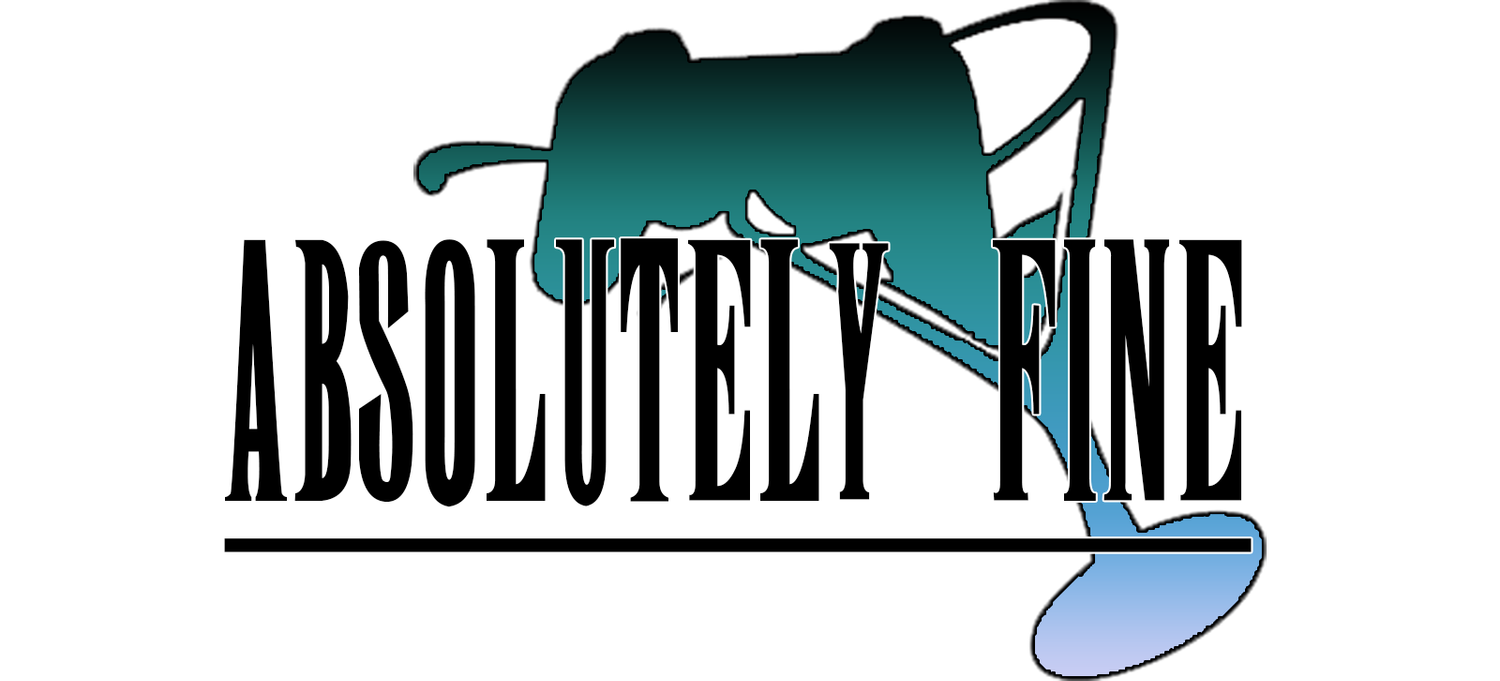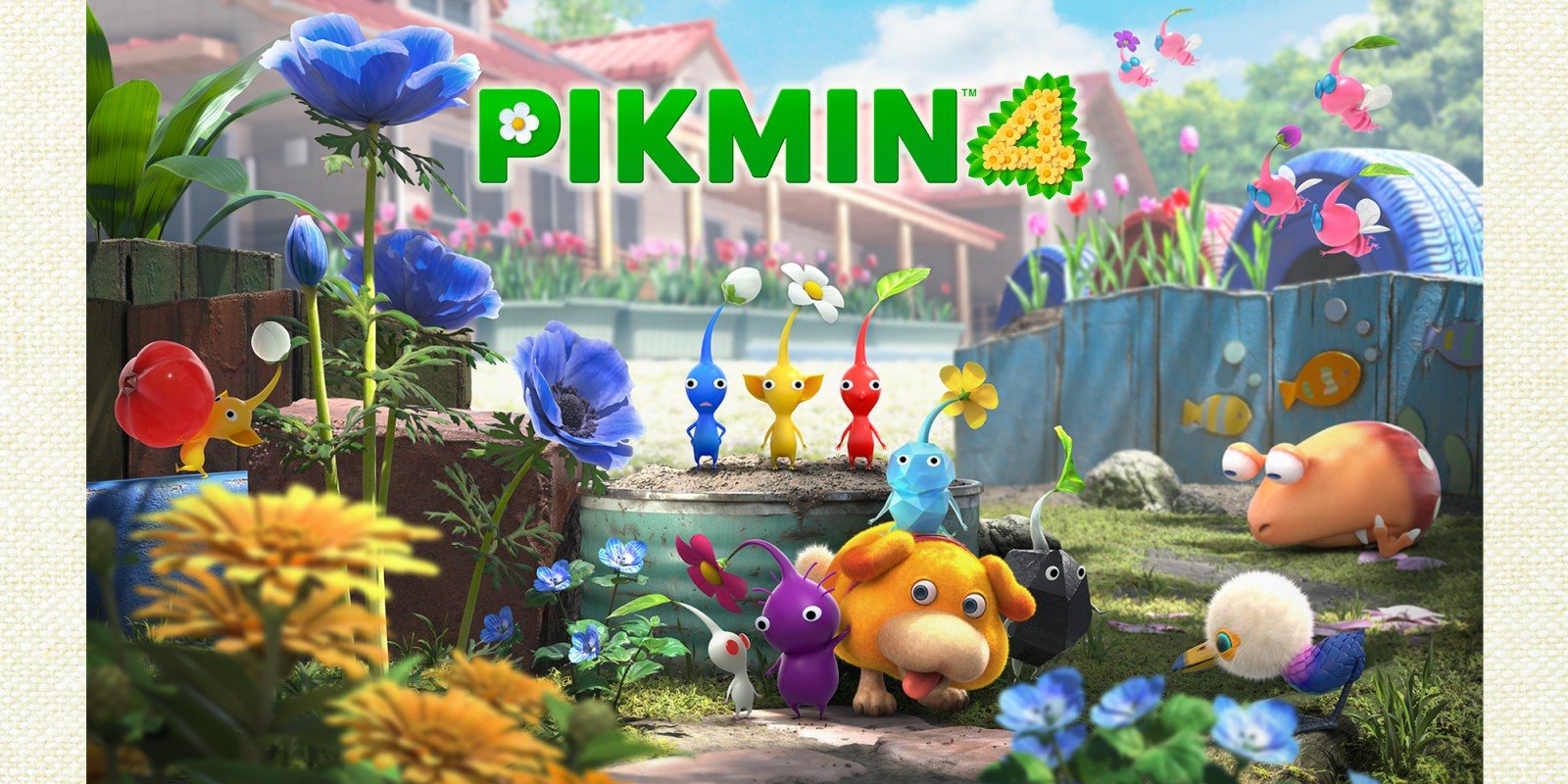Pikmin 4 Review: Full Bloom
The diminutive dog like creature Oatchi joins the colorful cast of Pikmin in their fourth outing.
I was never a Pikmin guy. For whatever reason, my Nintendo fandom never translated into Pikmin fandom. I’ve never disliked the games, but on almost every occasion a Pikmin game was available to purchase, I chose something else. It’s strange, to say the least. The series has many hallmarks I appreciate in other games: I like RTSs, I like time mechanics, and I like little guys in big worlds. So, I was pleasantly surprised that I not only liked Pikmin 4, but I loved it.
To a degree, it can be argued that every rough edge has been sanded off the gameplay loop. Gone are the time limits and the severe push to be as efficient as possible at all times, replaced with leisurely explorations of serene levels that became my comfort game of the year. Sure, there are dangers all around—giant (to you) monsters ready to devour you and your army of little guys—but you are also saddled with the great equalizer and best new addition to the series: the dog companion, Oatchi!
Your created custom character, a series first, goes up against series staple Bulborb.
From nearly the first moments of gameplay, you’ll have Oatchi at your side—and even beneath you, as you ride him across the vast plains of someone’s backyard. You can even gather all of your Pikmin safely on Oatchi’s back, keeping them safe from harm. Better yet, you can split up your character-created avatar and Oatchi to divide labor, ensuring that more quests are completed during each level’s time limit.
Yes, I did say "time limit," but it is far softer than the previous games’ hard time limit of “get it all done before time’s up, or it’s game over for good.” It’s more like, “you can only be in each level for a certain amount of time, but if you run out, you can just come back.” I’ve definitely read that this change was a bummer for older fans, and I can commiserate. As a fan of the Dead Rising series from the first entry, the games and I grew apart as they separated out the time mechanics, making it a more inviting experience for those who wanted a more leisurely playthrough. But I think a key difference here is that they did keep those mechanics—they just compartmentalized them into the Dandori Levels.
Dandori is the buzzword that surrounds Pikmin 4, and it basically comes down to efficient time management. The game tests you on this concept in the form of Dandori Levels and Dandori Battles. The former finds you in a small, sectioned-off level, and you’re timed on how fast you can collect all of the items. Do it fast enough and you win the Platinum Award, with Bronze being the lowest possible. Dandori Battle is a similar concept, but you’re set against an AI opponent with all the same abilities as you—dog companion included. Here, you need to quickly assess the level and decide what you can easily grab with your Pikmin, all while fending off your adversary from doing the same. Both modes become tense but compelling puzzles that challenge your organizational skills and quick thinking.
Previous Pikmin games forbade you from going out at night.
Lastly, the night sections. After dark has always been one of the series' staple "things to avoid," so Pikmin 4 created a whole mechanic around exploring the levels you’ve become so familiar with during the day, but now under the terrifying cover of darkness. Gone are the meandering beasts that only become aggressors when you come close to them; they are replaced with glowing-eyed, zombie-esque variants that come in swarms from all corners of the map. They have one goal: to ruin your night. While this is going on, you’re tasked with taking on the aid of a new Pikmin type, the alien-esque, glowing Green Pikmin, who return to you directly from the sky after completing their tasks instead of waiting patiently for you to call them back. This creates a much faster-paced environment as you gather an army, set down traps, and do whatever you can to save your bases from invasion. The best part is, these levels are usually done in less than 5 or 10 minutes, making for yet another great aspect of the pick-up-and-put-down nature of the game.
That’s really the major case to make for the game: it’s an absolutely pitch-perfect Switch game. It’s colorful, it runs great, it looks great, and it flows so easily and breezily from one moment to the next that any spare moment you might have in your day can easily be filled with a quick session. I don’t know what the future holds for the series, or if we’ll see another one any time soon, but I do know that I’ll likely be there day one next time around.




